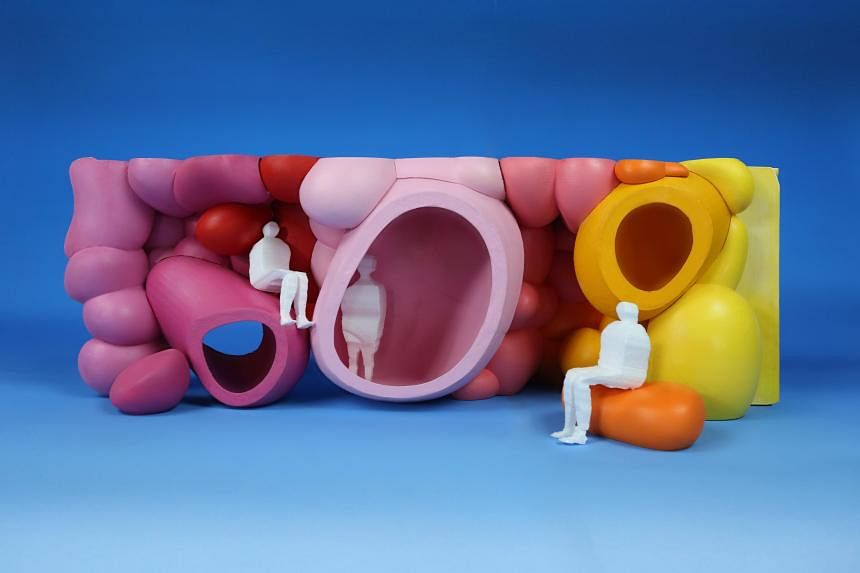SINGAPORE – Anyone can be a designer, says Mr Jackson Tan, lead curator for the Bras Basah-Bugis Design District of the Singapore Design Week (SDW).
“From mothers who plate up food for children using colours and textures to newly-wed couples who do up their new homes on their own, design is no longer the preserve of trained professionals,” he says.
SDW is the flagship festival and design showcase of the Design Singapore Council (DSG). The festival theme, Better by Design, is also the motto of DSG, which celebrates its 20th anniversary in 2023.
There are three Design Districts at SDW, which runs from Sept 21 to Oct 1 at Bras Basah-Bugis, Orchard and Marina Bay. Each Design District will reflect the character and charm of its communities and offer immersive design experiences within walking distance of each attraction.
Bras Basah-Bugis district will highlight special commissions by local curators that reflect the key issues of innovation, sustainability and inclusivity.
Orchard, meanwhile, will showcase lifestyle experiences that combine design and retail, architect tours and an exhibition of toys repurposed from disposable wooden chopsticks.
Over at Marina Bay, Asia’s biggest showcase for furniture, interiors and design called Find – Design Fair Asia (also known as Find) will be held from Sept 21 to 23. It will take up more than 12,500 sq m of exhibition space at Marina Bay Sands and features about 300 brands from 18 countries.
According to Find’s event director Carl Press, the Asia-Pacific’s interior design market is a draw. He says furniture, interior and design objects are in high demand for residential, commercial or hospitality projects, since China is experiencing a “period of adjustments”.
“Find has seen an astonishing 60 per cent exhibition growth rate compared with its inaugural showing in 2022,” he adds. “It is an evolving platform for the rapidly changing interiors sector and swiftly becoming a prominent strategic hub for brands that want to tap market opportunities and the zeitgeist in Asia.”
The Emerge showcase at Find, curated by founding editor-in-chief of global luxury interiors and urban design magazine Design Anthology, Ms Suzy Annetta, will shine a spotlight on about 50 South-east Asian makers and artisans.
There will also be a special collection of 80 iconic Italian design objects that embody Italian craftsmanship at a new Italia Geniale exhibition.
To mark DSG’s two decades, the council will present the Design Futures Forum that brings together thought leaders from different sectors. They will discuss and explore how the worlds of design and business, as well as the social and public sectors, can collaborate in the critical areas of sustainability, emerging technologies and care.
In the line-up are Dr Tom Waller, a sports, health and fitness innovation expert; Ms Lim Sze Ling, chief transformation officer at ServiceSG; and Mr Lee Poh Wah, chief executive of the Lien Foundation.
For the first time, there will be a Friday Late event at the Bras Basah-Bugis district on Sept 22. Festivalgoers can immerse themselves in the creative pulse of the district and enjoy live demonstrations, a pop-up retail market and food stalls that will be open till 11pm.
The design festival, which debuted in 2005, is one of Asia’s premier design festivals that celebrates Singapore’s distinctive brand of creativity. It aims to be a global creative event that also highlights South-east Asian designers.
It is organised by DSG, which represents Singapore at the United Nations Educational, Scientific and Cultural Organisation’s Creative Cities Network (UCCN). Singapore joined the network in 2015.
Ms Dawn Lim, DSG’s executive director, says the impact of design stretches far beyond designers alone.
“In many ways, our motto of Better by Design exemplifies much of what it is that the council has been doing for the past two decades,” says Ms Lim. “Besides developing our design community, the council has also been working with local communities, businesses as well as schools to deepen the use of design.”
When DSG started in 2003 under founding executive director Milton Tan, it developed programmes in partnership with the former IE Singapore and Spring Singapore to enable companies to understand and access design as a strategic tool for business competitiveness.
Ms Lim adds that design literacy is not limited to designers.
“We also partner educators from general education and tertiary levels, as well as industry partners and policymakers, to nurture design thinking as a mindset to students from as young as age seven.”
This is achieved through initiatives such as DSG’s Learning by Design, which started in 2022 to nurture creative youth ready to ride the future waves of change.
It is also achieved through the Design Education Advisory Committee. Formed in 2020, this is the first national platform for Singapore’s design educators, industry leaders and the Government to help shape the quality of design education and embed design into the nation’s education system.
On the cards is a biennial Design Education Summit called “I am (NOT) Creative”, expected to be launched in November, to challenge the presumption that design literacy is only for those with formal design training.
In 2022, the festival attracted more than 300,000 visitors, and DSG hopes to see more of the creative community and festivalgoers out in full force in 2023.
These visitors can check out an exhibition that pushes the boundaries of sustainable design through a 1kg 3D-printable model challenge in Orchard Road. The displays include a contribution from leading Japanese car companies.
“SDW is a chance for Singaporeans and our visitors to experience and engage with design up close, and we have always held this mission close to our hearts,” says Ms Lim. “There is something for everyone.”
Singapore Design Week Highlights
Reimagining Bras Basah-Bugis as a design enclave
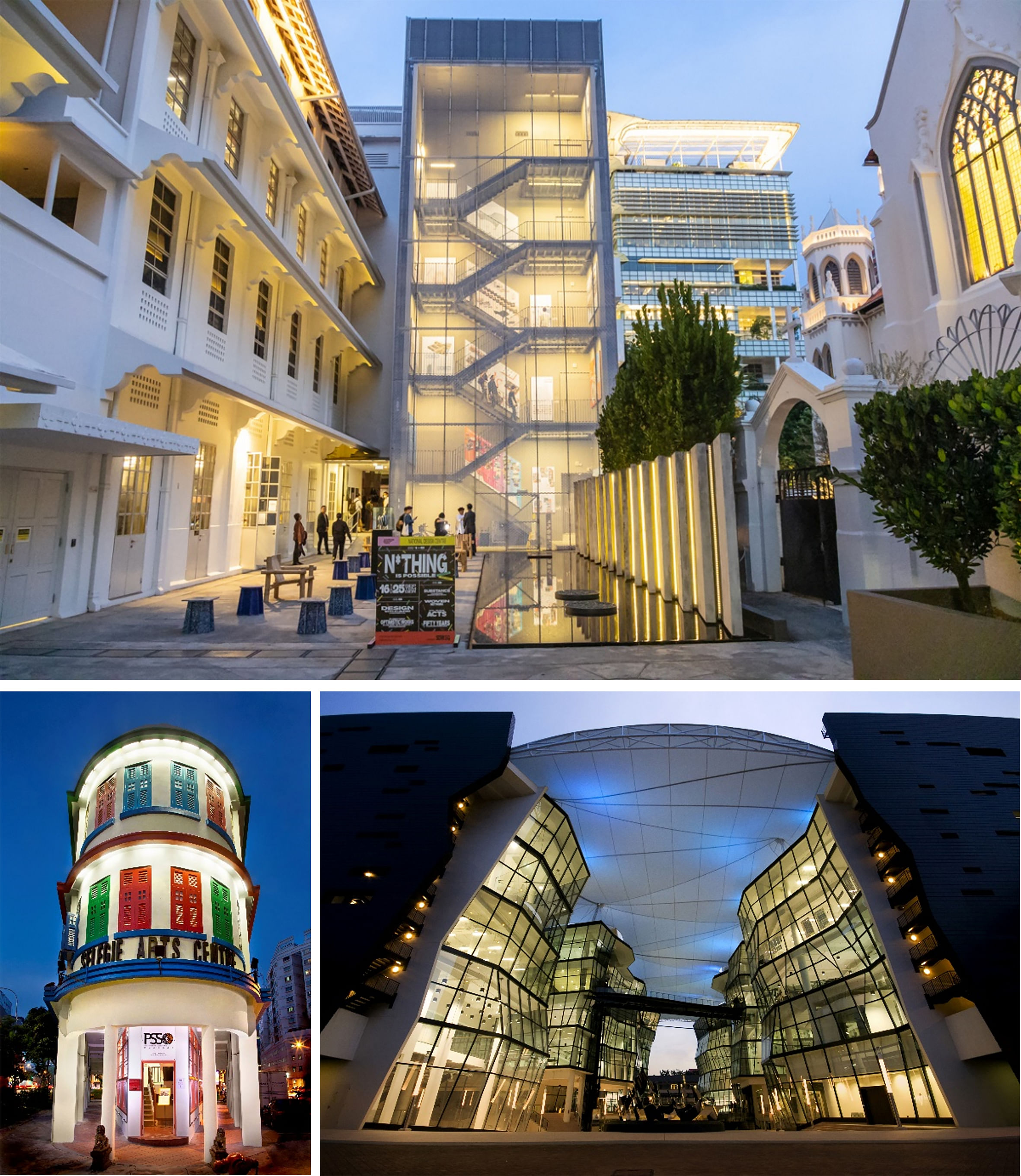
Three local design curators led by Mr Jackson Tan of creative studio Black will envision the Bras Basah-Bugis arts, heritage and design district as an immersive enclave with specially commissioned installations.
These pieces will showcase new ideas and reflect on today’s pressing urban issues, such as digital disruption, an ageing population and climate change.
Three key themes in 2023’s SDW seek to address these challenges through innovation, sustainability and inclusivity.
These will be fleshed out through immersive experiences for visitors by Mr Tan in his installation called Playground of Possibilities at the National Design Centre; Mr Pann Lim’s School of Tomorrow at the Selegie Arts Centre; and Professor Ong Ker-Shing and Professor Joshua Comaroff’s FI&LD at Lasalle College of the Arts in McNally Street.
Mr Tan, lead curator of the Bras Basah-Bugis Design District, says this is the first time that SDW is including Design Districts as part of its line-up. The other two districts are in Marina Bay and Orchard Road.
“It spotlights the bold, purposeful spirit of Singapore design,” says Mr Tan, 49, a multi-award-winning co-founder of Black, established in 2003. He also co-founded internationally acclaimed local art and design collective Phunk in 1994.
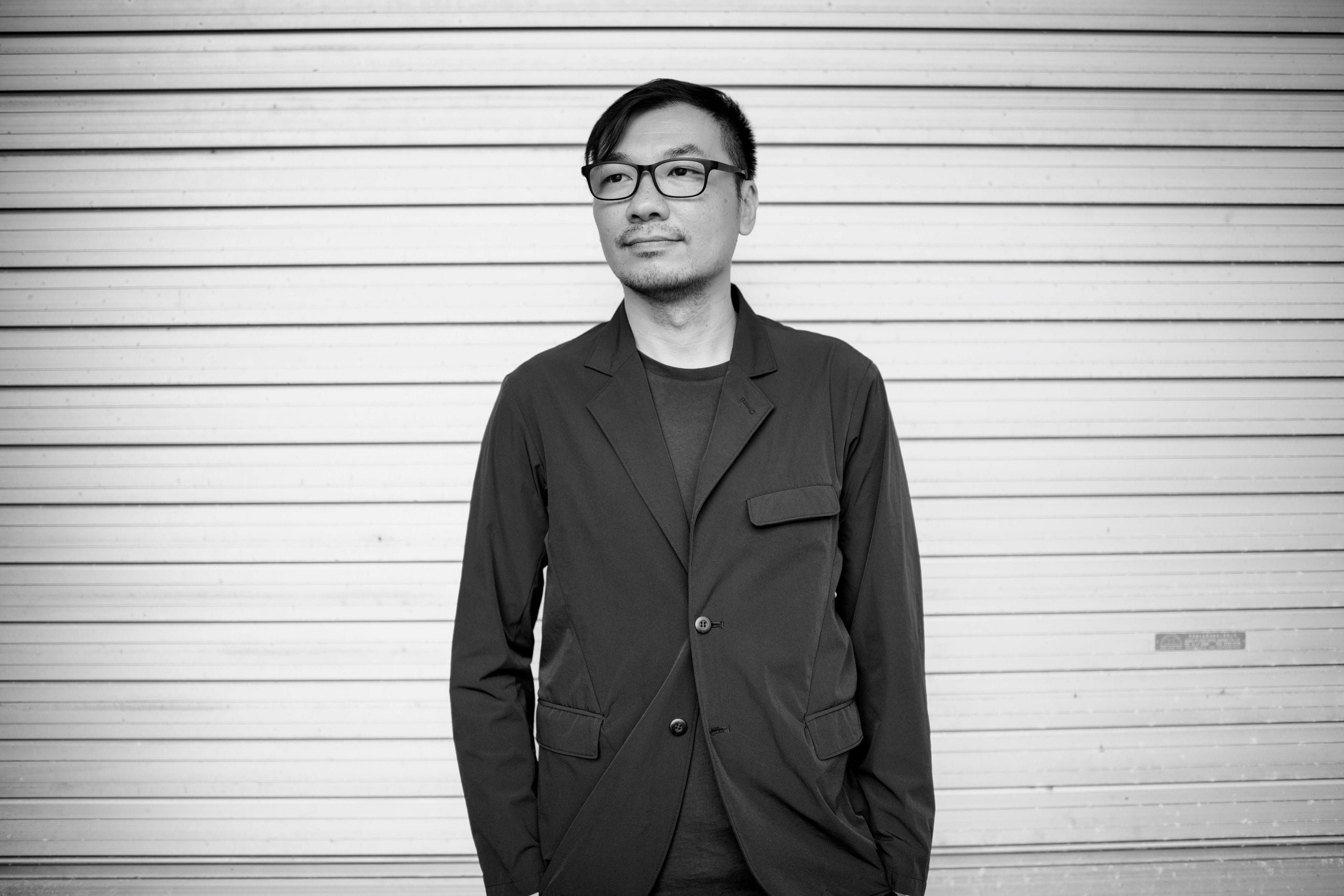
Mr Tan is the recipient of the President’s Design Award for Designer of the Year in 2007.
“This year, our curatorial approach is to create experiences, programmes and activities that are innovative, fun and inspiring, and to engage a larger audience beyond design industry practitioners, such as the man in the street.”
He says this is important because in a modern metropolis such as Singapore, “we all encounter designs, think and make design decisions on a daily basis without knowing it”.
“Design is not just limited to professional designers,” he observes.
His Playground of Possibilities installation is conceived as a design sandbox comprising 12 showcases. These include four immersive playscapes called Explore, Empathise, Imagine and Adapt, where adults as well as children play and learn about design and help in dreaming up innovative possibilities through design.
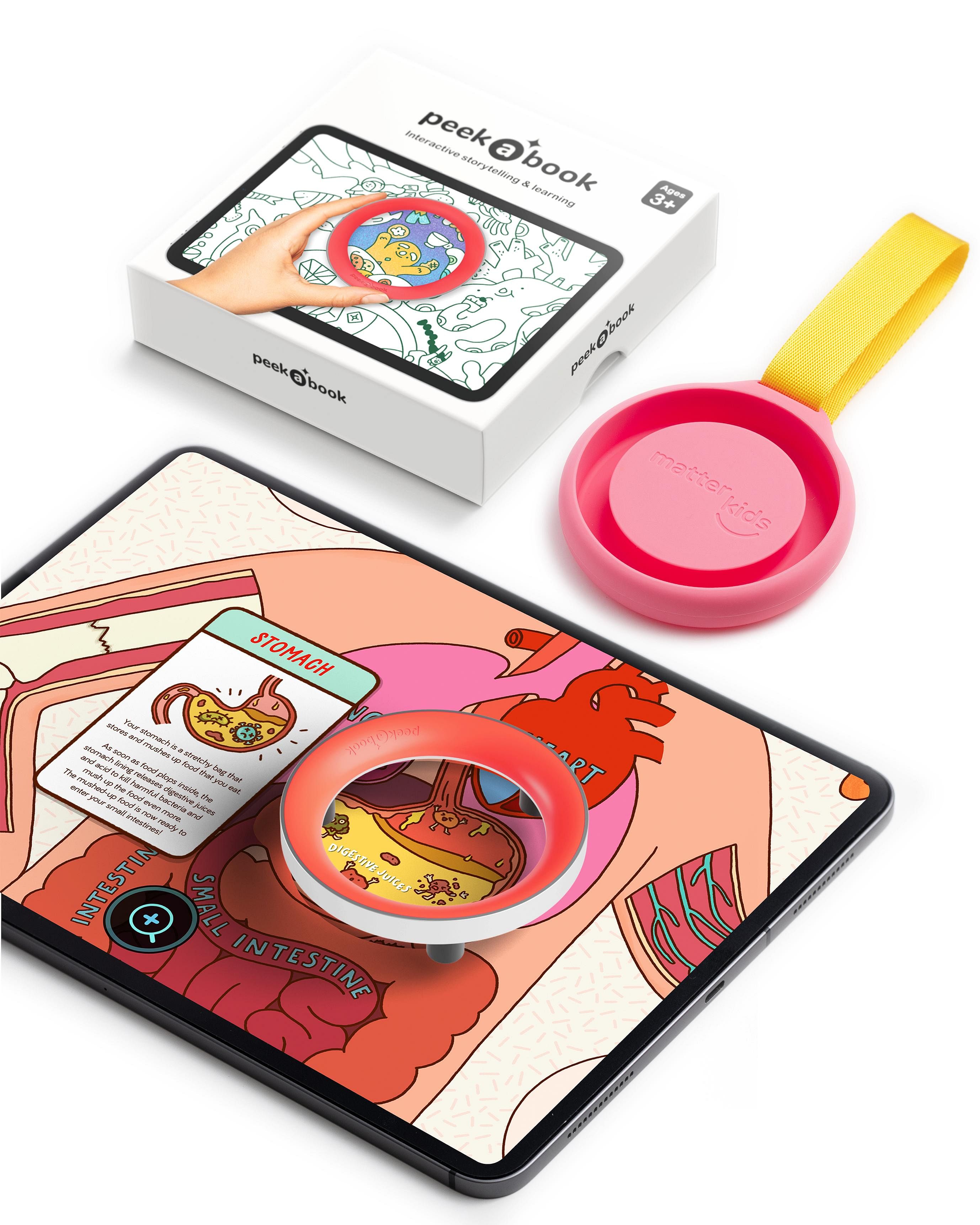
Mr Tan says SDW’s new Design Districts format will help raise awareness about how people can live in an environment that is innovative, sustainable and inclusive by design.
“My approach as a Singaporean designer is to seek out upcoming challenges that we will collectively face and explore innovative ways to inspire and engage the public, to co-create solutions using design.”
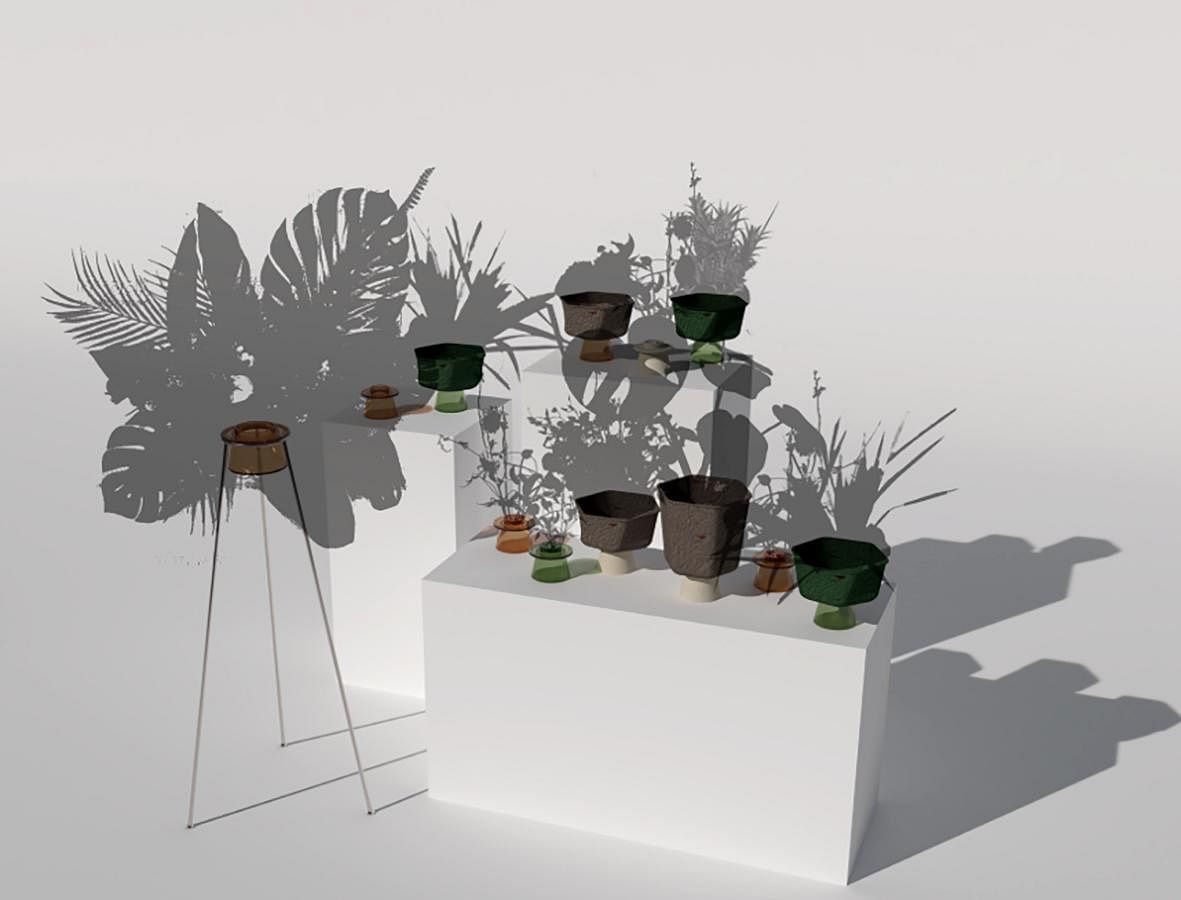
Over at Selegie Arts Centre, Mr Pann Lim, founder and creative director of Kinetic Singapore, says it is “back to school” for festivalgoers in the Bras Basah-Bugis precinct.
Mr Lim currently works with a team of 18 full-time creatives and project managers from Kinetic, which is one of Singapore’s leading design studios, established in 1999.
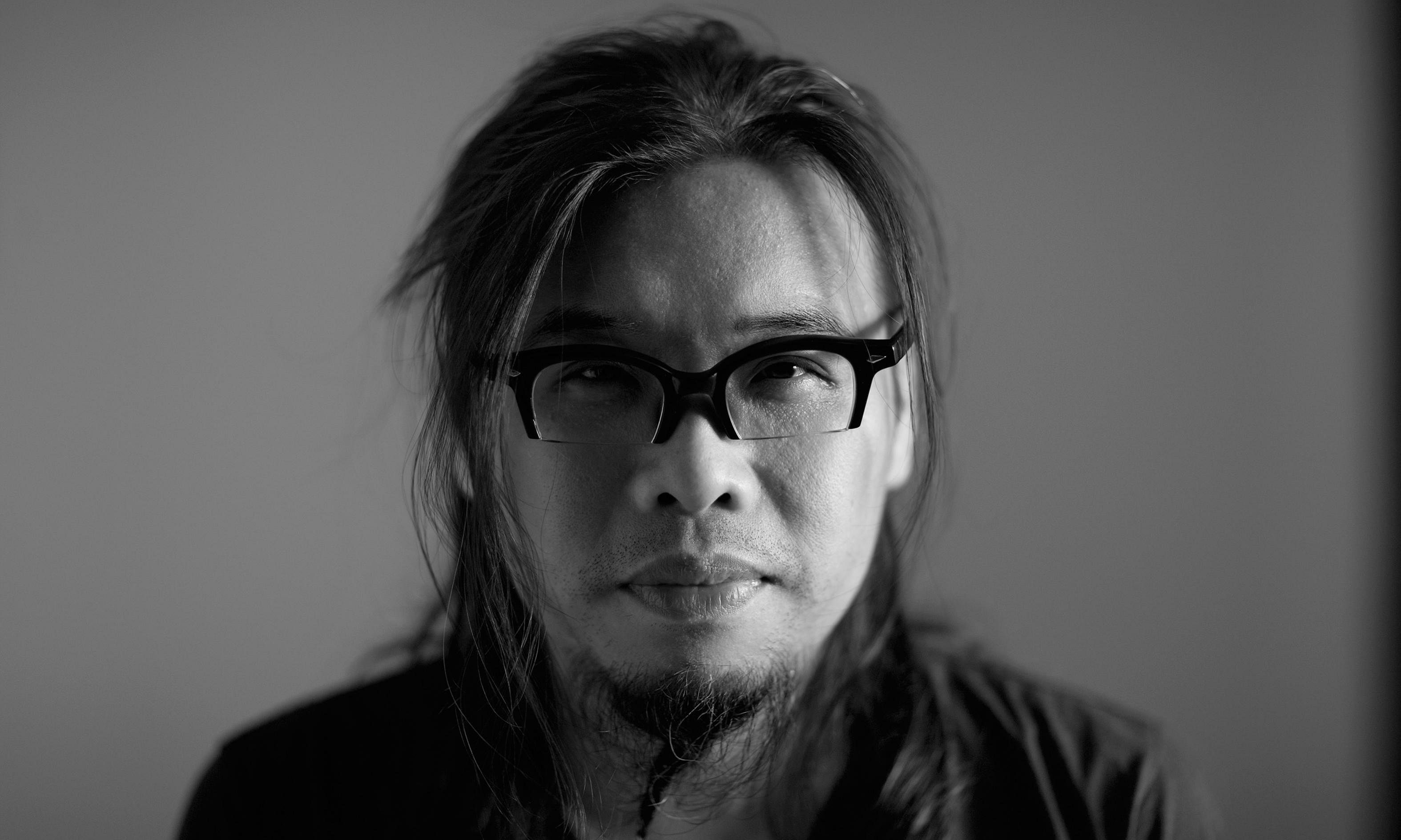
His School of Tomorrow, which takes up three floors, will be open to “students” of biology, physics, mathematics, chemistry and social studies “classes”, where visitors are referred to as students and the installations are designed to re-enact a classroom.
Mr Lim says he wanted the installations to be a fun and immersive learning experience for visitors of all ages.
“I believe we learn at our best when it’s not boring,” says the 50-year-old, who has set up 10 classes, ranging from sciences to the humanities, that replicate the familiarity of school classrooms but with a twist.
“For instance, in our biology ‘class’, students will learn about how plastics have polluted our food chain, and we introduce new bioplastics and biocomposites in the class display areas to show how eco-friendly plastics are helping to solve that global problem,” says Mr Lim.
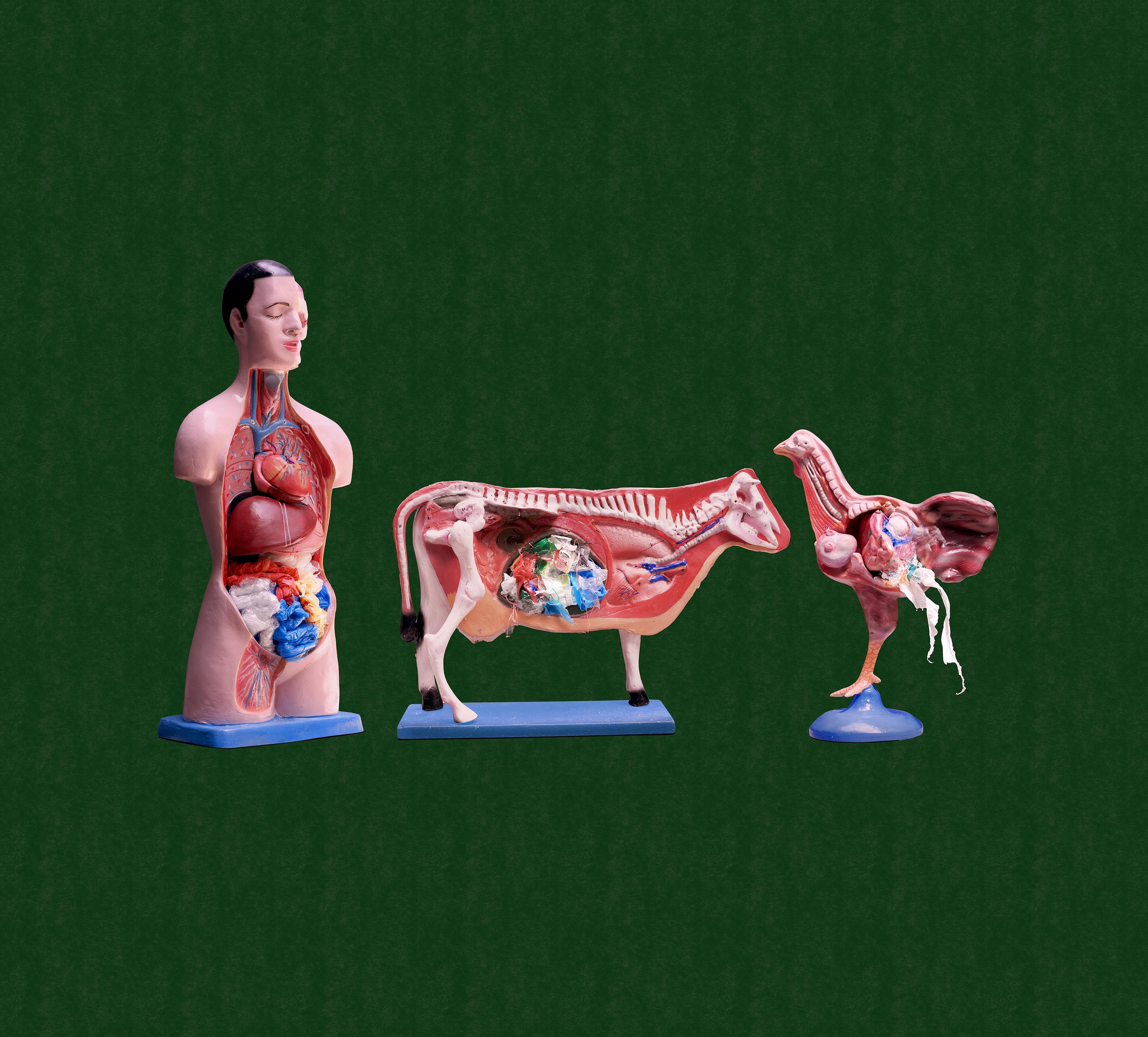
In the mathematics “class”, there is an interactive carbon footprint calculator where visitors can do the maths on their personal carbon footprint to find out how sustainable their current way of life is.
It has been Mr Lim’s life mission to reach out to the masses because he believes design is democratic and is for everyone.

“But in order to reach more people, the exhibition must tell a good authentic story,” he adds. “It must be easy to understand, and it should arouse the visitor’s curiosity. If we can showcase it beautifully with meaningful content, hopefully it will connect with audiences.”
Over at the exhibition space called FI&LD at Lasalle, inclusive design is the leitmotif that connects more than 30 projects by local and international designers, ranging from design students to global names such as Dutch architect and Harvard University professor Rem Koolhaas.
It is curated by Lekker Architects co-founders Ong, 48, and Comaroff, 50, who have put together an interactive showcase exploring the state of practice in inclusive design.
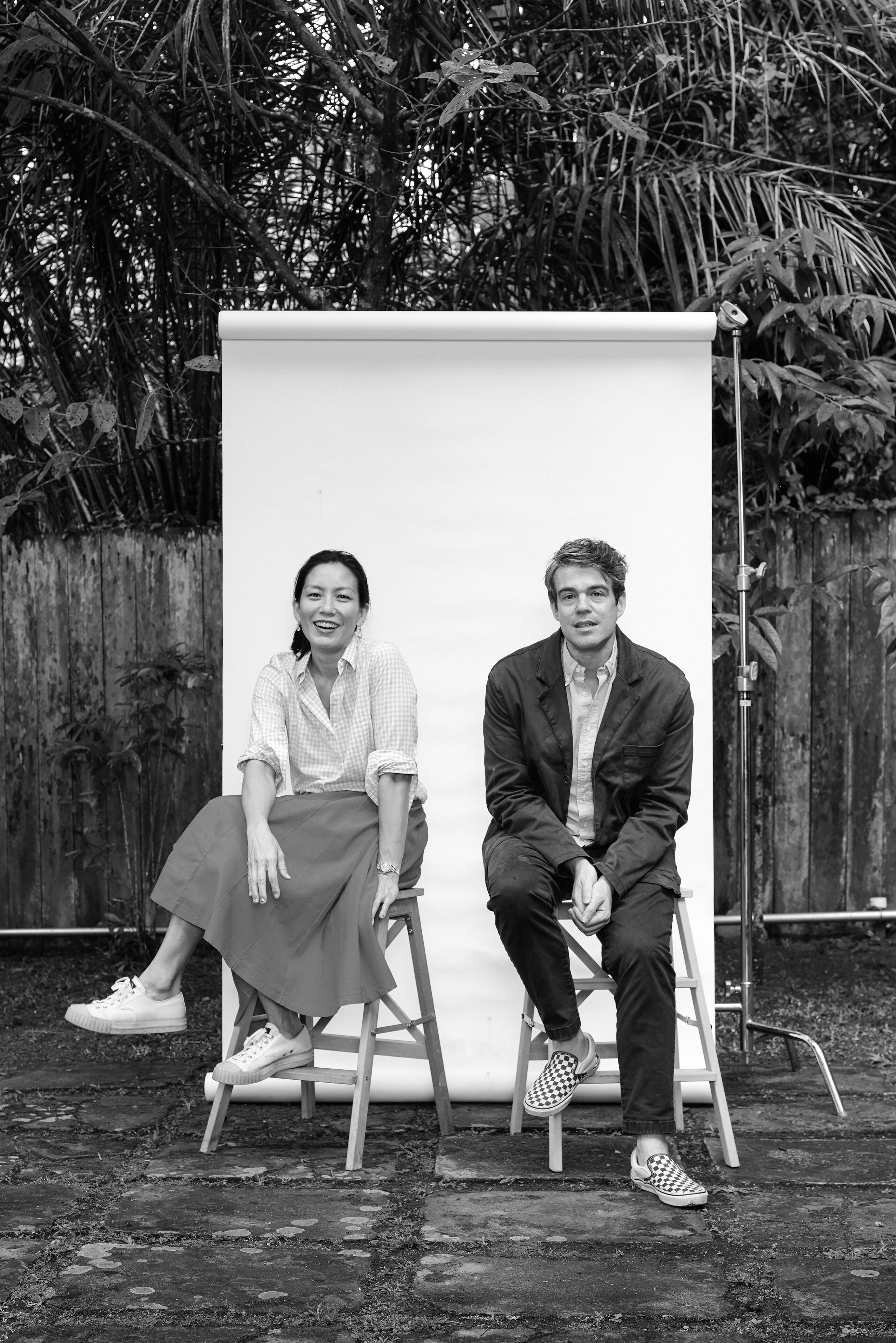
“Why the concept of ‘FI&LD’?,” asks Prof Ong. “We are using the language of sports because FI&LD explores inclusive play as a way for designers and the public to think about inclusivity more generally.
“The sports ‘field’ becomes a metaphor for the design field, because if we can find an enabling and flexible set of rules, we can better play together despite our differences.”
Prof Ong is also associate professor and programme director for Bachelor of Arts in Architecture at the National University of Singapore (NUS). Her husband, Prof Comaroff, is assistant professor of Social Sciences (Urban Studies) at Yale-NUS College.
Creating an inclusive space does not only involve architecture, but all aspects that influence the way people experience their lives in the built environment, says Prof Comaroff.
It goes beyond just providing access to spaces for the elderly or the disabled, but towards thinking about a diversity of users.

“When we start to think more about the ‘user’ of design, we actually make design better,” says Prof Ong, who is a mother of three children aged 15, 13 and six.
She adds that Lekker Architects is interested in the social as well as emotive impact that the physical and digital environments have on people’s lives. It has started a research consultancy called the Emotional Technologies Lab, which looks into the relationships between design and technology and their impact on people.
This is to understand and evaluate people’s emotional experiences to the outputs of design, and to make relevant design recommendations.
Prof Comaroff says the showcase allows designers to start conversations about inclusivity not just as a social initiative, but also as an “adventure” in researching human experiences and enabling more meaningful interactions.
“By paying more attention to the diversity of the users and making our design solutions more complex and thoughtful, we can push design in new ways,” he adds.
“Through the range of design mediums that we have included in our show – from graphics and products to furniture, systems and services – we try to demonstrate this.”
Spotlight on South-east Asia’s rising makers and contemporary designers
More than 50 of the region’s most promising designers will gather at Marina Bay Sands Expo & Convention Centre for SDW’s second Emerge@Find talent showcase presented by Design Singapore Council (DSG) and supported by Find – Design Fair Asia.
2022’s inaugural edition of Emerge@Find saw about 50 veteran and new designers from six countries – Singapore, Malaysia, Thailand, Vietnam, the Philippines and Indonesia. It allowed emerging designers to show their handiwork for the first time outside their countries of origin.
In 2023, participants will present their works across 1,000 sq m of exhibition space in an expansion of 2022’s theme of “materiality”.
The theme of Craft + Industry: Man + Machine shines the spotlight on fresh works which cut across a diverse spectrum, from the handmade and artisanal to industrial and mass-produced designs.
The platform allows South-east Asian designers to reach out to a bigger audience and make valuable connections, says its curator, Ms Annetta.
She says the collection on show in 2023 is shaped by a variety of approaches, from a rootedness in ancient craft to interpretations of the traditional through new materials and techniques to methods of working that are entirely reliant on contemporary technological innovation.
“The curatorial focus this year is on making and production, and all the works were selected based on their approach to bringing their ideas to reality,” says Ms Annetta.
“Given the heritage of craft within the region, it’s no surprise that many of the works are produced by designer-makers and skilled artisans. These works will sit side by side with other objects that are produced in a more industrial capacity, or employ new technologies such as 3D printing,” she adds.
“What I hope visitors will get from the showcase is the breadth of techniques and skills employed in making the objects we choose to surround ourselves with.”
Among the designers showing for the first time are Tan Wei Xiang from Singapore; Khoo V-Ho and Giselle Khoo of Dad’s Wood from Malaysia; Hana Surya of Threadapeutic from Indonesia; Charnon Nakornsang of Nakornsang Studio from Thailand; Chini Lichangco of Chini Studio from the Philippines; and Thanh Tam Nguyen Tran of Tam’s Studio from Vietnam.
Singapore’s Tan says he is honoured to have been selected to showcase his new design, the After chair, which is inspired by the ubiquitous blue-striped tarpaulin seen at construction sites. It is also available in stores for various lifestyle uses such as for picnic mats or temporary shelters in parks or camping sites.
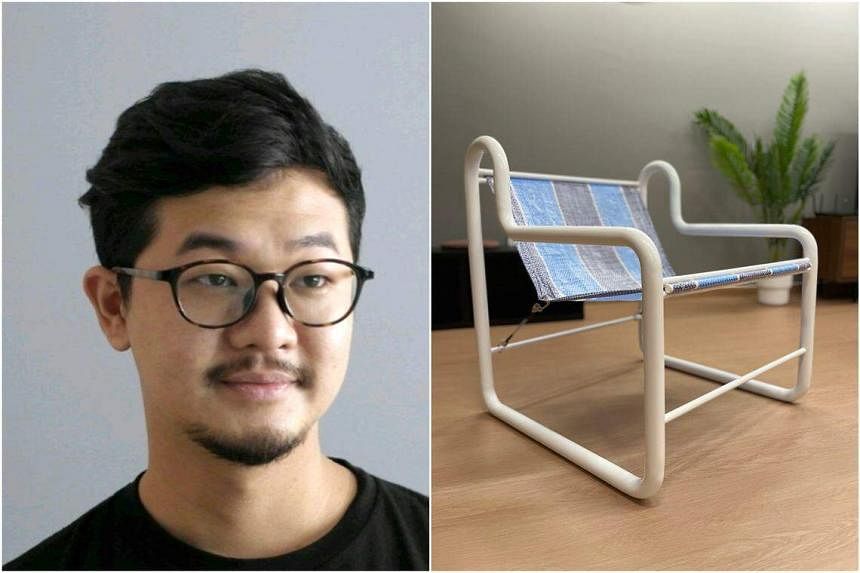
“It is amazing being able to view the works of fellow South-east Asian designers and to learn more about their respective design and fabrication processes,” says the 32-year-old design modeller at global technology company Dyson. He graduated with a bachelor’s in product design from Lasalle in 2017.
“The After chair embodies how people use tarpaulin with bungee cords and ropes to secure it to the ground,” says Tan, whose chair design features a bendy pipe frame that contrasts with the taut taupaulin seat.
Thanh, who designs and creates screens using a heat press on nylon sheets, is excited about her debut.
“Emerge@Find is a perfect launching pad for South-east Asian designers to make a name for themselves in the design community,” she says.
Returning designers such as Indonesia’s Eva Natasa and Singapore’s Tiffany Loy are looking at new designs and fresh ideas, while Thailand’s Teerapoj Teeropas will unveil a collection that was created in collaboration with Thai artisans.
“Working with skilled craftsmen means being able to witness my designs come to life through their hands rather than just on paper,” says Teerapoj.
“There have been many times when the lifelong skills possessed by the craftsmen helped push my designs further. It was a pleasure to exchange know-how, and this has been a true collaboration.”
Info: Register for Find – Design Fair Asia 2023 and Emerge@Find at str.sg/iTti before Sept 20. For on-site registration, an admission fee of $39 applies. The fair is at Halls A, B and C, Level 1 Marina Bay Sands, Sands Expo & Convention Centre, 10 Bayfront Avenue from Sept 21 to 23. For event updates, go to designfairasia.com
Italian showcase features gems in craftsmanship
More than 30 companies will be showcasing Italian designs in home decor and accessories such as furniture, bath essentials and surfaces for interiors at the Italian Design Futures Capsule at Find – Design Fair Asia (Find).
This is the marketplace segment of SDW, highlighting Italy’s position as a top exporter of furniture to Singapore.
There will also be a new installation called the Italia Geniale collection, which brings together 80 designs that have won the Compasso d’Oro award, Italy’s oldest and most prestigious industrial design award.
It is organised by the Italian Embassy in Singapore with the support of the Italian Trade Agency and in collaboration with the Italian Industrial Design Association and ADI Design Museum.
Italy’s Ambassador to Singapore, Mr Dante Brandi, said Italia Geniale is an inspiring journey through “the heart of Italian creativity”.
“We invite visitors to explore 80 iconic Italian designs, including Compasso d’Oro award winners, celebrating the beauty of imagination, craftsmanship, well-being and the connections forged through design.”
These include designer Mario Bellini’s 1972 Le Bambole sofa for Italian furniture giant BB Italia and Riccardo Blumer’s 1996 Laleggera enamelled wood veneer chair for modern furniture icon Alias.
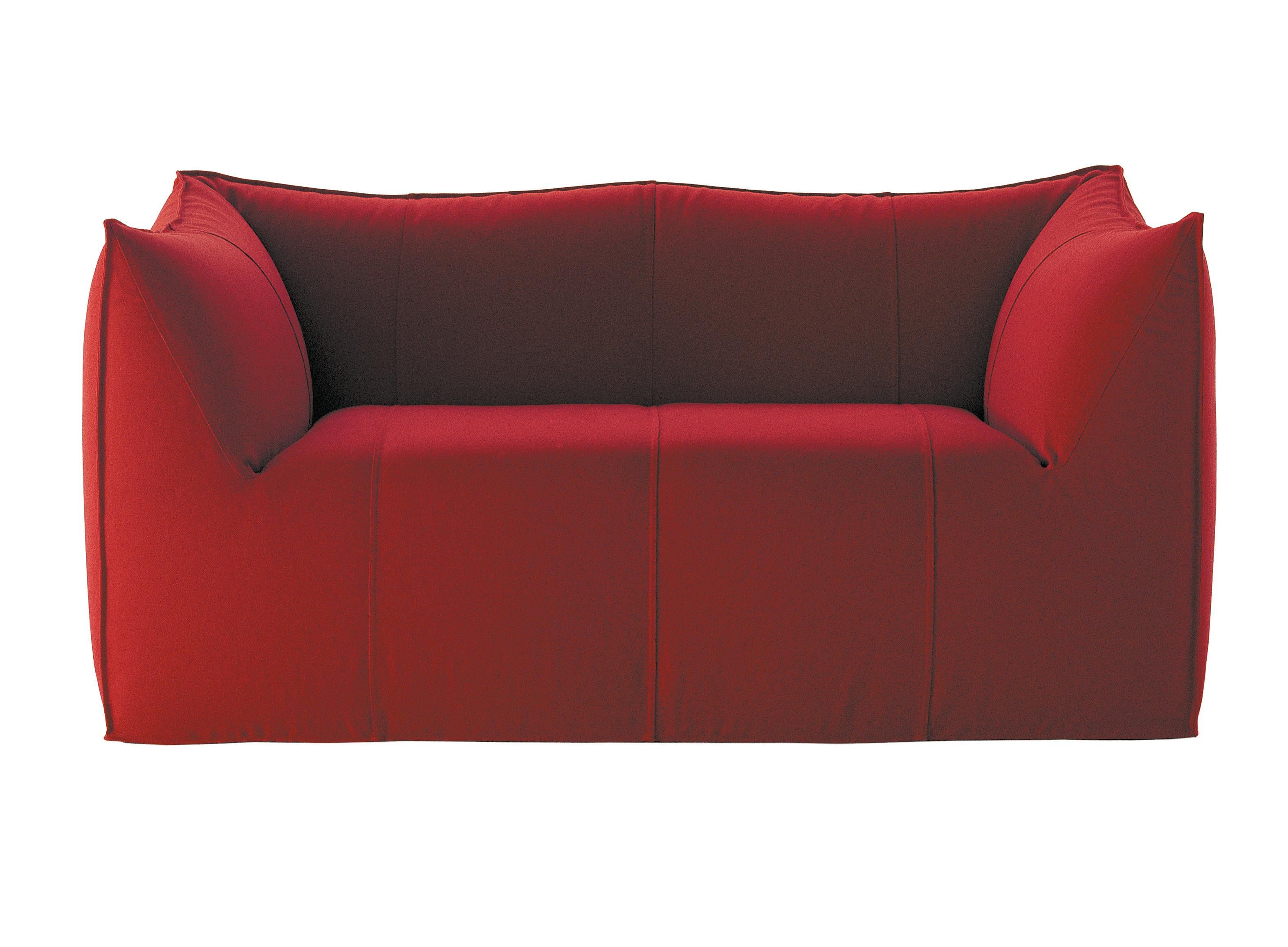
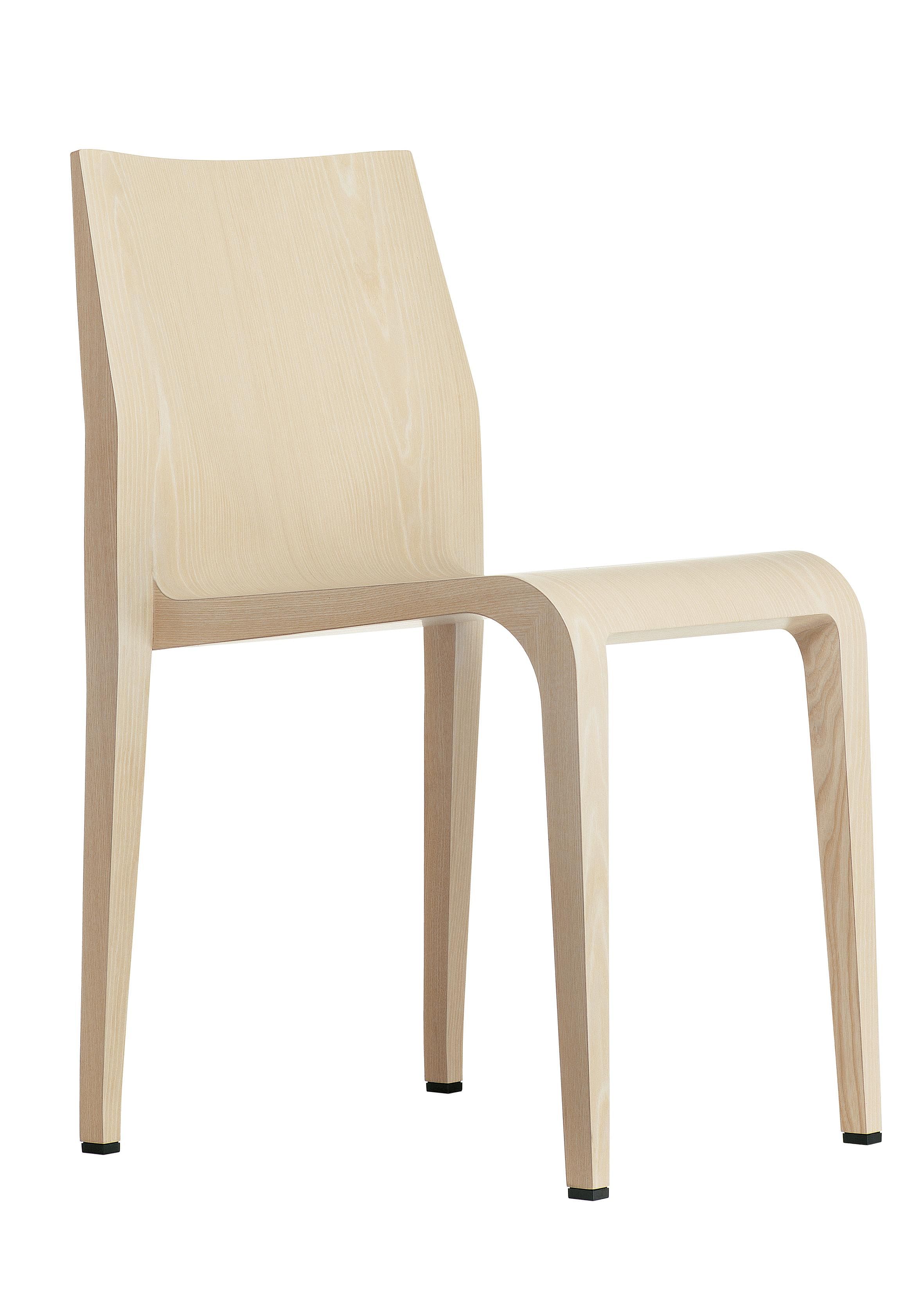
Demand from Singaporeans for Italian furniture has been growing in the last few years.
In 2022, Italy ranked No. 1 as the European supplier of furniture to Singapore, with an export value of €59.8 million (S$81.5 million), growing by 16.7 per cent compared with 2021, according to trade figures from the Italian Trade Agency.
Between January and April 2023, Italy maintained its top position, with a total furniture export of €20.1 million, marking a growth of 10.6 per cent compared with the same period in 2022.
The Italian Trade Agency, with support of the Embassy of Italy in Singapore, will also organise an Italian Pavilion featuring 29 Italian companies, showcasing new and innovative designs such as sofa beds, indoor and outdoor furniture, and sustainable thermoplastic materials made from recycled sources.
Attendees can also take part in workshops and masterclasses curated by industry experts and opinion leaders.
Info: The Italian Design Futures Capsule is at Find – Design Fair Asia 2023 at Halls A, B and C, Level 1 Marina Bay Sands, Sands Expo & Convention Centre, 10 Bayfront Avenue from Sept 21 to 23. To view the full list of Italian exhibitors at Find – Design Fair Asia 2023, go to designfairasia.com/exhibitorlist2023. For more information, go to str.sg/iTtS
